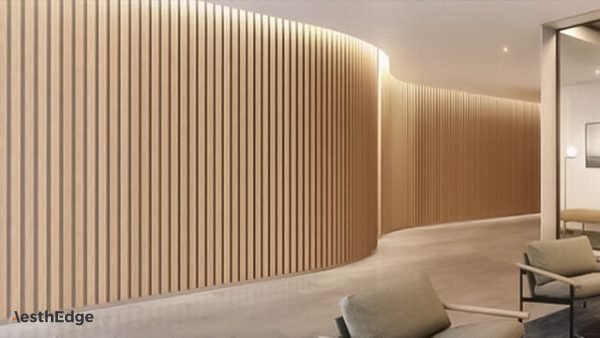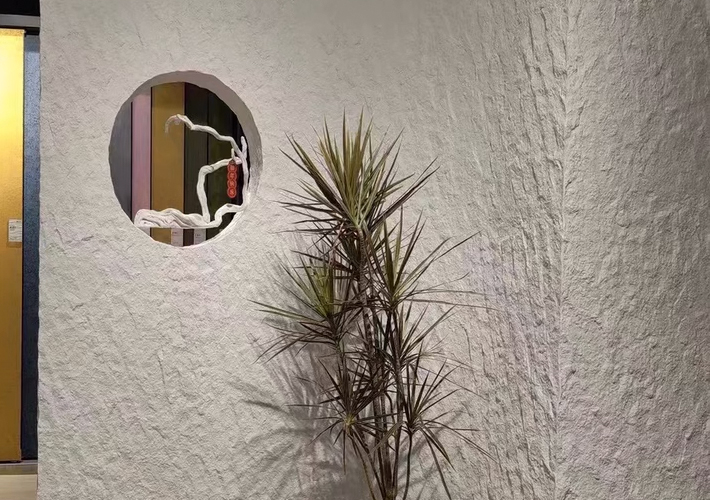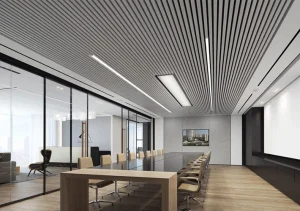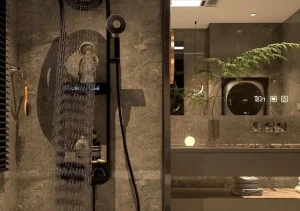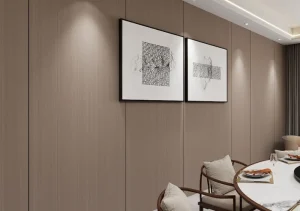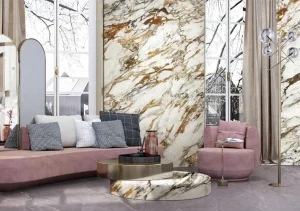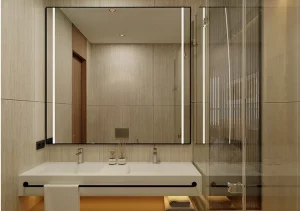Table of Contents
ToggleIntroduction to Soft Porcelain
Soft porcelain, also known as “柔性瓷” in Chinese, is a novel decorative material that has recently gained traction in the construction and interior design industries. Its name may suggest a connection to traditional hard ceramic or porcelain, but soft porcelain is distinct, primarily due to its flexibility and adaptability. The material combines the beauty of porcelain with the functional advantages of flexible, impact-resistant materials. It’s ideal for a variety of indoor and outdoor applications, such as walls, ceilings, facades, and even unique art installations.
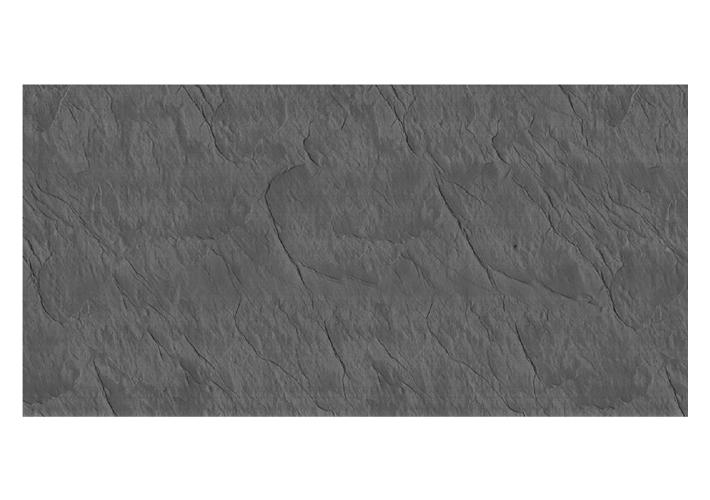
Composition and Manufacturing Process
The composition of soft porcelain generally includes a blend of natural minerals, resins, and fibers. Unlike traditional ceramics, which rely on high-temperature kilns, soft porcelain undergoes a specialized production process that keeps it pliable yet durable. The typical manufacturing process involves the following steps:
- Material Mixing: Natural minerals and resins are combined to achieve the optimal texture and flexibility. This composition ensures the material is resistant to moisture and maintains its form over time.
- Molding and Shaping: The mixed material is poured into molds or pressed to achieve the desired shapes and textures.
- Curing: Rather than using kilns, soft porcelain is cured under controlled temperatures, maintaining its flexibility.
- Finishing: Once cured, it may undergo surface treatments to enhance its aesthetic, such as polishing, glazing, or adding textures.
This innovative production method is not only energy-efficient but also environmentally friendly, making soft porcelain a popular choice in sustainable building design.
Key Characteristics and Benefits
Soft porcelain is celebrated for its numerous advantageous characteristics, which set it apart from traditional building materials like tiles, stone, and cement boards:
- Flexibility: Soft porcelain can bend slightly, making it less prone to cracking and suitable for surfaces that may shift or expand, such as exteriors and walls in humid regions.
- Lightweight: It is significantly lighter than conventional ceramic tiles, easing transportation and installation while reducing the overall structural load.
- Impact Resistance: The material can withstand impacts better than brittle ceramic or stone tiles, adding to its durability and lifespan.
- Eco-Friendly: The production process is energy-efficient and generates minimal waste, making soft porcelain a sustainable option.
- Weather Resistance: With inherent waterproof and UV-resistant properties, soft porcelain performs well in diverse climates.
- Aesthetic Versatility: Soft porcelain can be manufactured to mimic various textures and colors, from marble to wood grains, allowing designers and architects more freedom in creating unique spaces.
Common Applications of Soft Porcelain
Thanks to its adaptability and durability, soft porcelain finds applications across various sectors:
- Interior Wall Coverings: Its visual appeal and durability make it ideal for residential and commercial interior walls, providing a seamless, elegant look.
- Facade Cladding: Soft porcelain is often used on building facades due to its lightweight nature and resilience against external weather conditions.
- Ceiling Design: Its lightweight and flexibility make it suitable for ceiling installations, where traditional tiles or heavier materials might be impractical.
- Furniture and Art Installations: Soft porcelain’s unique texture and range of finishes make it popular in high-end furniture or custom installations, adding an artistic touch to spaces.
- Flooring (Selective Areas): While not as common for floors due to its flexibility, soft porcelain can be used in specific areas where traditional ceramic or stone may be too brittle, such as around columns or high-traffic corners.

Installation Process of Soft Porcelain
The installation of soft porcelain is generally more straightforward than conventional ceramics. Here’s an overview of the typical installation process:
- Surface Preparation: The installation surface must be clean and smooth. Any bumps or irregularities are removed to ensure a proper bond.
- Cutting: Unlike ceramic, which requires specialized tools, soft porcelain can be cut with utility knives or scissors, allowing for precise adjustments on-site.
- Adhesive Application: A strong adhesive is applied to the back of the soft porcelain sheets or tiles. Specialized adhesives are available to ensure compatibility and long-term adhesion.
- Placement and Alignment: The tiles or sheets are aligned and pressed into place, with care taken to avoid air bubbles or misalignment.
- Finishing Touches: Once in place, the edges are trimmed, and any seams are carefully treated for a seamless look.
This efficient installation process reduces labor time and cost, making it appealing for both large-scale commercial projects and DIY home renovations.
Maintenance and Durability
Soft porcelain is notably low-maintenance. Here are some tips for its upkeep:
- Cleaning: Regular cleaning with mild soap and water is sufficient. Abrasive cleaners should be avoided to prevent surface damage.
- Repairs: In the rare case of damage, soft porcelain tiles can be easily removed and replaced without impacting the entire surface, a benefit traditional tiles lack.
- Longevity: Due to its resilience, soft porcelain can maintain its aesthetic and functional properties for over a decade, making it a cost-effective choice.
Market Trends and Future Development
The demand for soft porcelain is increasing globally as developers, designers, and homeowners seek sustainable, durable materials with aesthetic appeal. Key trends include:
- Eco-Friendly Materials: With growing awareness of sustainable building practices, materials like soft porcelain that require less energy and produce fewer emissions are highly sought after.
- Customization: As technology advances, manufacturers can offer more customization in colors, patterns, and textures, meeting the needs of diverse markets.
- Wider Applications: Future developments in soft porcelain could see it being used in even more innovative ways, from flexible architectural elements to novel art and design installations.
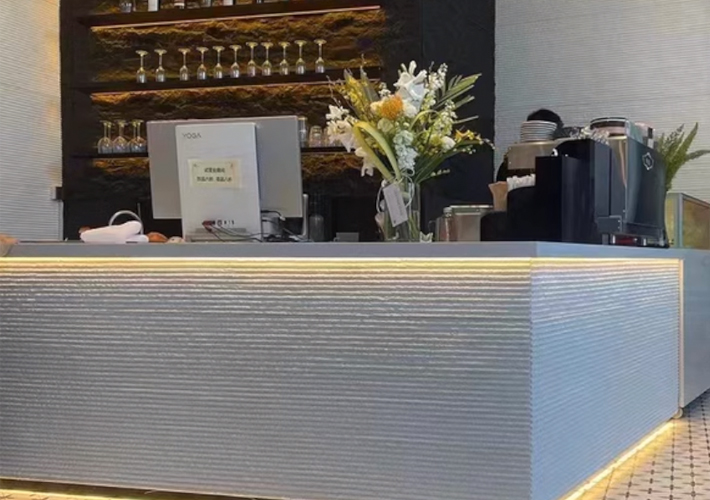
Conclusion
Soft porcelain represents a revolutionary step in the world of building materials. With its blend of durability, flexibility, and aesthetic versatility, it’s a viable alternative to traditional ceramics for modern architecture and interior design. As technology advances, we can expect even more improvements in its production, customization, and application, further cementing its role in sustainable, innovative construction.
By choosing soft porcelain, architects, designers, and consumers can enjoy the aesthetic qualities of porcelain with the added benefits of flexibility, ease of installation, and environmental friendliness, making it an ideal choice for contemporary spaces and future architectural projects.

